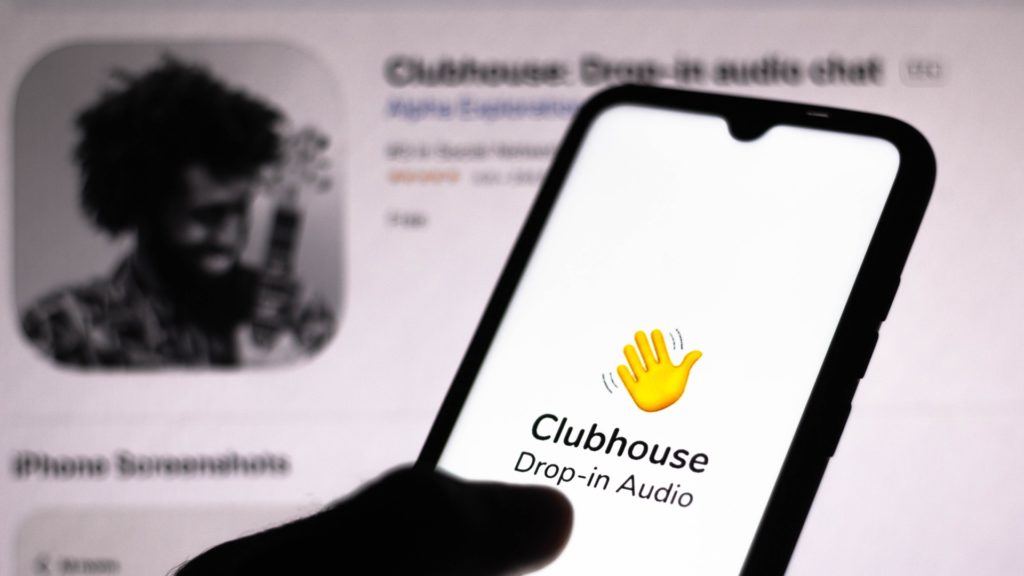
You know not to put your eggs in one basket, but how do you know when it’s time to consider new baskets that come along? Emerging acquisition channels can be exciting, as they hold the promise of new users and growth in potentially untapped environments. But attempting to leverage every emerging channel for acquisition and growth marketing can spread your resources thin and drive lackluster results.
Find out more about how to choose the right emerging channels for acquisition below so you can make smart decisions about spreading your eggs into more baskets.
The ideas found in this article have been popularized by the brilliant folks over at Reforge. If you’re looking for a cohort-based solution, developed by top leaders in tech, to unlock your company’s growth potential — look no further than Reforge. If you’re looking for an agency partner to do the heavy lifting for you – get in touch to schedule your free Product Growth Strategy Meeting today!
Do You Even Need New Channels for Acquisition?

The simple answer is yes. If you’re looking to grow your product, you should always be vetting potential new channels for user acquisition. Your current channels may be highly successful, but they aren’t infinite resources. You may also find that as competitors enter your niche, channels that once performed exceedingly well yield reduced results because more organizations are slicing off a piece of the pie for their products.
At the very least, you should have ideas about what channels you want to test next and any potential future experiments you want to run on other emerging channels. It’s also a good idea to keep an eye out for potential emerging channels that are a great fit, because you can get into those channels early, establish acquisition loops, and set up a strong defensive moat around your product.
What Types of Emerging Channels Should You Consider?

“Emerging channels” doesn’t always refer to brand new channels, though it can. You may also find emerging opportunities on preexisting channels and channels that have not historically been used in your niche. Let’s look at each type of emerging channel in more depth to better understand the differences and when you might consider each.
A New(ish) and Fast-Growing Channel

Channels that fit this category are new products and businesses that aren’t aligned with other preexisting options. They’re making a splash and growing quickly, which means you may be able to grab onto coattails and ride the wave to faster user acquisition as the channel itself grows.
Benefits of truly new and growing channels for acquisition include:
- Excitement may already have built up around them. By showing up on these channels, you’re getting the benefit of buzz that’s driving new users to them.
- A potential air of exclusivity. Users on the platforms may feel like first-comers and recognize your brand in the same fashion because it’s also on the platform. This can lead to a feeling of exclusivity that makes it more likely they’ll try your product or support you.
- Finding new prospects you haven’t connected with yet. A new channel can mean dipping into market segments that are new to your product, creating opportunities for new messaging and conversions.
Downsides of new channels for acquisition efforts include:
- They aren’t tried-and-true. As an early adopter on a new channel, you may contend with trial-and-error issues as everyone works to make connections and create productivity.
- They may be fast burners. Some meteoric rises come with equally spectacular falls. If you put too much effort into a new channel and it burns out quickly, you may not end up with a good return on that investment.
- Timing can be important. Investing in a new channel before it’s mature enough to support results wastes time and money. But investing too late may mean you missed out on the best opportunity to establish acquisition and growth loops early on.
Clubhouse is a great example to look at with regard to the pros and cons of investing in a new channel. In 2021, the audio-based social media channel grew rapidly on iOS— hitting a rate of growth in downloads that set records for social media apps. In May 2020, the app launched on Android to more than 9 million downloads — a feat made possible in part because Android users were hungry for the app after months of seeing Apple users get exclusive access.
But growth dropped substantially at the end of 2021 and remained stagnant for Clubhouse in 2022. Monthly downloads as of the end of 2021 were around 900,000.
That doesn’t mean Clubhouse isn’t a good and efficient channel for acquisition and growth marketing for certain products. What it does mean, however, is that products that were ready to add this channel in early 2021 probably got the biggest benefit as they scaled user acquisition alongside Clubhouse’s brief and impressive climb.
New Features on an Existing Platform

When an existing platform has acquisition and growth features in alpha or beta testing, they’re technically emerging channels. If these new additions might help you acquire more users they’re worth looking into.
An example of this type of emerging channel occurred in late 2020 with Instagram Reels. The network started testing this channel in August 2020 and quickly went live. Originally capped at 15 seconds, Reels were expanded to 30 seconds and then 60 seconds as users got more creative in using them. As of April 2022, Instagram was testing 90-second reels.
Numerous early Reels adopters used the new, scalable channel to grow Instagram reach, their following, and drive more product users. And one case study pit Reels against TikTok videos, demonstrating that Reels can come out on top even if it was designed as a copycat competitor of the video-based viral social media network.
Using new features on existing platforms for acquisition comes with pros and cons that are similar to using completely new channels. These features are backed by existing networks, so there’s less chance they will burn fast and burn out. At that same time, platforms are as interested in growth as you are, and they’re willing to test various features and pick the winners to support their own growth.
Existing Platforms New to a Specific Industry

Often, longstanding channels become an emerging channel in a specific industry.
One example is Facebook Marketplace, which has made emerging steps into a few industries through the years. It launched in 2016, pushing Facebook into the local sales market. Local businesses and consumer retailers had opportunities on the marketplace to sell products.
In 2018, Facebook pushed further into this market, supporting listings for home sales and rentals, used vehicles and even jobs. Suddenly, this channel was emerging for real estate, auto sales and recruiting industries.
Again, there are pros and cons for investing in these types of channels. But since the channel itself is new only to the industry, the disadvantages are often more limited than they are with other emerging channels.
Steps to Choosing the Right Emerging Channels

When an emerging channel pops up on the radar, how do you know whether it’s right for your growth marketing strategy? Start the decision process with the following steps.
1. Evaluate Fit

Consider whether the strengths of the channel match your product goals and user needs. All three must overlap to some degree to make a channel a good acquisition channel to consider for product growth.
For example, consider the story of JJ’s Fashions, which leveraged TikTok and Instagram Reels to thrive and survive during and after the COVID-19 pandemic.
- The channel strength: Ability to make entertaining, engaging short-form videos with potential for wide reach.
- Product goals: To maintain relevance and connect with consumers during the COVID-19 pandemic.
- User needs: Engaging connections with brands where they can shop for quality clothing.
One of JJ’s Fashions’ employees convinced the owner to launch TikTok and Instagram Reels campaigns. Both were emerging channels that hadn’t been leveraged by the business. The employee came up with a fun story about how she had a crush on her good-looking boss; they made tongue-in-cheek short videos about her apparently unrequited crush while also showing off all the fashions on hand in the store.
The videos were a hit and allowed the store to gain more than a million followers in just a few months. They worked because the channel was a good fit for the product, this case the website, and its users.
2. Explore the Channel In-Depth
Make sure you understand the potential growth channel, including:
- How it works and who might be attracted to it
- What channels are similar, especially if you already use those channels — if a channel doesn’t present a truly new opportunity to connect with people, it may not be a good investment
- Where the channel is in the growth stage — if it’s too early, you may not see much movement, and if it’s too late, you may have missed the boat on substantial growth
- Does the model — particularly with regard to monetization — work for your product
3. Understand the Relevant Traits of Your Product

You should also look at your own business models and values to understand if a new channel is a good choice for your product. If you’re not a first or fast mover, you may not be comfortable taking the leap into a very new channel, for example. Or, if you already have a huge channel mix, are you in a spot to add another right now?
4. Align Information From All Three Steps to Make a Choice
Look at all the information you gain exploring the steps above and make a choice about emerging channels. While you never want to fall into the trap of always playing it safe, it’s important to realize that not every emerging channel is right for your product or business. If that’s the case, make that decision based on good marketing research and move on to consider another channel.